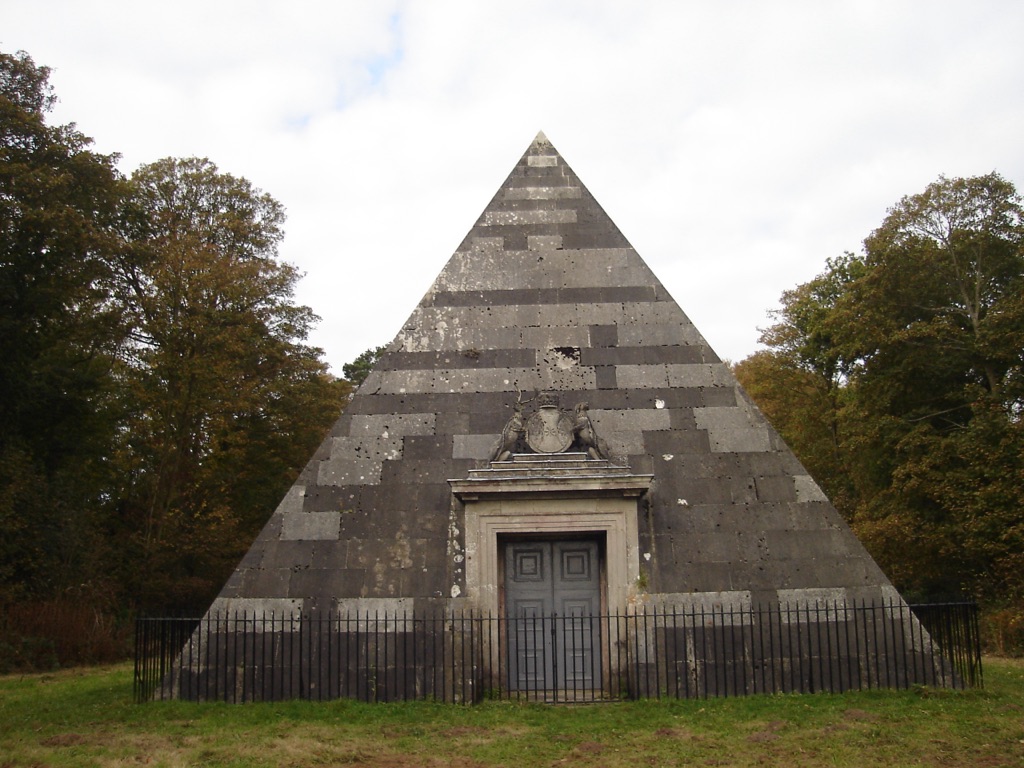Blickling Park Mausoleum, nestled in the heart of Norfolk, England, stands as a testament to the rich tapestry of British history. This neoclassical structure, located within the Blickling Estate, is a historical marvel that dates back to the early 18th century. The mausoleum was built as a final resting place for the Hobart family, who have played a significant role in the local and national history. The estate itself is steeped in history, with the current house built on the ruins of the birthplace of Anne Boleyn, the ill-fated queen of King Henry VIII. Today, the mausoleum is not only a site of historical significance but also a point of interest for visitors who are drawn to its architectural beauty and the stories it holds.
Get your dose of History via Email
Historical Background of Blickling Park Mausoleum
The Blickling Park Mausoleum is located within the Blickling Estate, a property with a lineage dating back to the 15th century. The estate saw the construction of the current house in the early 17th century, which replaced the original building believed to be the birthplace of Anne Boleyn. The mausoleum itself was erected in the 18th century, commissioned by John Hobart, 2nd Earl of Buckinghamshire, a prominent figure in British politics and the lord of the estate at the time.
Designed by the architect Joseph Bonomi the Elder, the mausoleum was built as a family crypt for the Hobarts. It showcases the neoclassical style, popular during that era, and reflects the family’s wealth and status. The Hobart family has inhabited the estate for generations, contributing to its development and the surrounding community. Their influence is evident in the grandeur of the mausoleum and the estate as a whole.
The Blickling Park Mausoleum is not only a significant architectural structure but also a historical landmark that encapsulates the story of the Hobart family and their impact on British history. It remains an integral part of the Blickling Estate, contributing to its status as a site of national heritage and historical interest.

About Blickling Park Mausoleum
Constructed from white marble, the mausoleum exudes an air of elegance and permanence. Its design includes a pyramid-shaped roof and a portico with Doric columns, features characteristic of the neoclassical style. The mausoleum’s interior is equally impressive, with intricate carvings and inscriptions that commemorate the lives of the Hobart family members interred within.
Over the years, the mausoleum has undergone conservation efforts to preserve its structural integrity and aesthetic appeal. These efforts ensure that the mausoleum remains a significant part of the Blickling Estate’s heritage and continues to draw visitors interested in architecture and history.
At a glance
- Country: England
- Civilization: British
- Age: Early 18th century (1700s AD)
